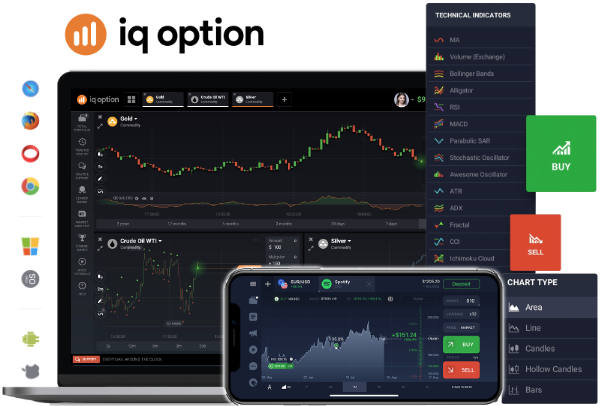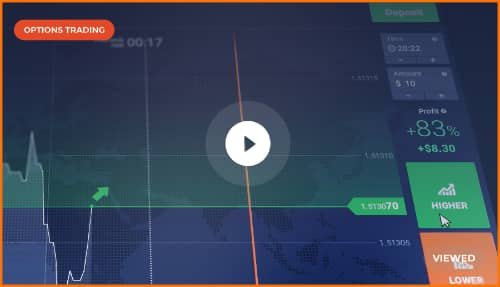Bitcoin trading isn’t just about ‘Buy & Hold’. Explore top strategies from day trading to arbitrage, and understand how they can offer higher returns in volatile market conditions.
Examples of Bitcoin Trading Strategies Better than Buy & Hold
Bitcoin, the world’s first decentralized digital currency, has gained significant attention over the past decade. While the “Buy & Hold” strategy has been popular among many investors, there are several other trading strategies that have proven to be more profitable in certain market conditions. In this article, we will delve into some of these alternative strategies, supported by relevant examples and statistics.
Video: Example of Bitcoin strategy other than Buy & Hold
1. Day Trading
Day trading involves buying and selling Bitcoin within short timeframes, typically within a single day. The aim is to capitalize on short-term price movements.
- Advantages: Potential for high returns, especially during volatile market conditions.
- Challenges: Requires continuous monitoring of the market, and can be stressful.
2. Swing Trading
Swing trading is about capturing price “swings” or “cycles.” Traders aim to enter a position at the beginning of a price movement and exit before it reverses.
- Advantages: Can yield good returns over a period of days to weeks.
- Challenges: Requires a deep understanding of market trends and technical analysis.
3. Scalping
Scalping involves making a large number of small trades throughout the day, aiming to profit from tiny price gaps that occur between the bid and ask prices.
- Advantages: Allows traders to profit from small price changes, minimizing the risk of large losses.
- Challenges: Requires quick decision-making and execution.
4. Trend Following
This strategy is based on the idea that assets move in trends, either upward (bullish) or downward (bearish). Traders using this strategy typically utilize technical analysis tools like moving averages.
- Advantages: Can be highly profitable during strong trend periods.
- Challenges: Identifying the beginning and end of a trend can be tricky.
5. Arbitrage
Bitcoin arbitrage involves taking advantage of price discrepancies across different exchanges. A trader buys Bitcoin on an exchange where the price is low and sells it on another where the price is higher.
- Advantages: Almost risk-free if executed correctly.
- Challenges: Requires access to multiple exchanges and quick execution to capitalize on price differences.
Key Considerations When Choosing a Strategy:
- Your risk tolerance and investment horizon.
- The amount of time you can dedicate to trading.
- Your understanding of the crypto market and its nuances.
- The tools and platforms you have access to.
Conclusion
While the “Buy & Hold” strategy has its merits, especially for those who believe in the long-term value proposition of Bitcoin, several other trading strategies can offer higher returns, especially in volatile market conditions. The key is to understand each strategy’s pros and cons and to choose one that aligns with your investment goals and risk tolerance. Remember, irrespective of the strategy you choose, it’s essential to stay informed and adapt to the ever-evolving crypto landscape.
Reference Links:















 How to trade CFD? (00:49)
How to trade CFD? (00:49) How to trade binary options*? (01:22)
How to trade binary options*? (01:22) Forex. How to start? (01:01)
Forex. How to start? (01:01)